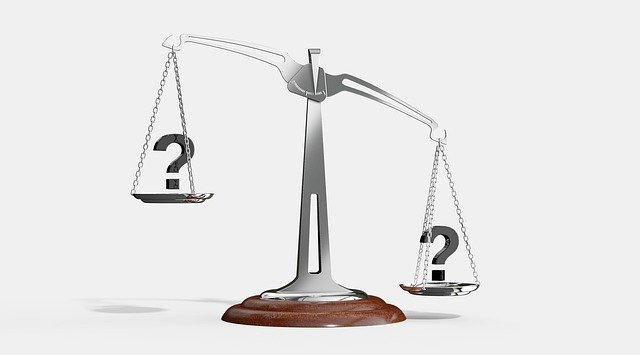Progress toward racial equality in the United States is real based on changes in racial attitudes across time.
However, a rigid belief that progress is automatic lends itself to the denial of the persistence of racial inequality in the funding gaps between public schools serving white students versus those serving children of color, the disproportionate death and hospitalization rate during the COVID-19 pandemic in communities of color, and the Black-white wealth gap.
In one study by Yale Professor Michael Krauss, he asked a sample of 1,000 American adults that represented the U.S. in terms of race, region and income, to estimate the average wealth of Black families compared with white families in 1963.
Respondents thought that for every $100 in wealth held by white families, Black families had $50 on average. In reality, according to federal data, the median Black family only had $6 in wealth for every $100 held by white families.
In 2016, they estimated that for every $100 held by white families, Black families had $90 on average. Actually, Black families in 2016 held $11 for every $100 held by white families.
Psychologists refer to this kind of broad bias in perception as “motivated cognition” — that is, most Americans want to live in a society that is more racially equal, and so they engage in mental actions that ignore, discount or downplay contradictory evidence to maintain coherence between belief and reality.
Efforts to ban the teaching of America’s violent and unjust racial history in public schools are a form of motivated cognition.
Likewise, the the perception of Asian Americans as high-achieving leads to a significant underestimation of the wealth gap between Asian and white Americans, which downplays the economic inequality that burdens some Asian American communities.
The survey suggest a profound, and possibly willful, ignorance about the persistence of racial inequality among those most likely to benefit from it.
When progress toward equality is seen as inevitable, incentives for equitable political action are low.
So, how do we cut through motivated cognition on racial inequality? A recent study, decide to see whether stories or data would be more effective in helping people grasp the magnitude of current Black-white wealth inequality.
First, they used the perspective of a single Black family contending with significant challenges in their housing, financial wealth and educational circumstances.
Then, they discussed Black-white inequality through data in the domains of housing, wealth and education.
Finally a third version combined the two approaches.
They found that data, rather than a story, gave more accurate estimates of the magnitude of current Black-white wealth inequality, increased acknowledgment of systemic white advantage in society. This was the same for both white respondents and respondents of color.
This study allowed respondents to learn and speak freely about racial inequality, made it easier for the participants to absorb information about the magnitude of racial inequality in society.
The story version seemed to focuse too narrowly on one case and heightened thoughts about what that particular family could do to overcome bias.
Progress toward racial equality is possible, but not automatic.
Nevertheless, awareness and education are necessary precursors to action — whether that involves school board decisions, federal protection of voting rights or equity-focused employment programs.
Unless Americans understand and acknowledge inequality as a fact, we won’t be able to build the political consensus needed for real change.
Source: Michael Kraus associate professor at Yale University.

